Schismatoglottis Hainanensis – Rare
Original price was: ₹2,890.00.₹149.00Current price is: ₹149.00.
5 in stock
Size: Single Plant | 2.5″ Pot Included
Caring for Schismatoglottis hainanensis involves paying attention to several key factors to mimic its native tropical environment.
Here’s a guide to help you keep your Schismatoglottis hainanensis plant thriving:
Light
- Prefers bright, indirect light. Think of the dappled sunlight it would receive under a rainforest canopy.
- East or north-facing windows are ideal. A few hours of gentle morning or evening sun is acceptable, but avoid harsh afternoon sunlight, which can scorch the leaves.
- It can tolerate lower light conditions, but growth might be slower, and the vibrant leaf markings could be less pronounced. If the plant becomes leggy (long stems with few leaves) or the leaves appear pale, it might be getting too much light.
Water
- Keep the soil consistently moist but not waterlogged. This plant enjoys regular hydration.
- Allow the top inch or two of the soil to dry out before watering again. Check the soil moisture with your finger.
- Water thoroughly until you see excess water drain from the bottom of the pot. Make sure to empty any excess water from the saucer to prevent “wet feet,” which can lead to root rot.
- Drooping leaves can indicate that the plant is thirsty. It should perk up after watering.
- Reduce watering frequency during the fall and winter months when the plant’s growth naturally slows down.
Humidity
- Schismatoglottis hainanensis thrives in high humidity, ideally above 60%, to mimic its tropical origins.
- Low humidity can lead to brown or crispy leaf tips.
- Increase humidity by:
- Using a humidifier.
- Placing the pot on a pebble tray filled with water (ensuring the bottom of the pot doesn’t sit directly in the water).
- Grouping plants together, as they create a more humid microclimate.
- Misting the plant regularly with room-temperature water. However, ensure the leaves don’t stay wet for extended periods to prevent fungal issues.
Temperature
- Maintain average household temperatures between 18°C and 27°C (64°F and 81°F).
- Avoid exposing the plant to temperatures consistently below 15°C (59°F) or sudden temperature fluctuations.
Soil
- Use a well-draining potting mix that retains some moisture. An aroid mix, often containing ingredients like coir and perlite, is suitable. You can also use a mix designed for Calatheas or Marantas.
- A slightly acidic to neutral pH (around 5.5-7.0) is generally preferred.
Fertilizer
- Feed your Schismatoglottis hainanensis monthly during the active growing season (spring and summer) with a balanced liquid fertilizer diluted to half the recommended strength.
- You can also use a high-phosphorus fertilizer quarterly to support potential flowering.
- Avoid fertilizing during the fall and winter when the plant is not actively growing.
Repotting
- Repot every 2-3 years or when the plant becomes root-bound (roots circling the inside of the pot).
- Choose a pot that is only slightly larger than the previous one.
- Handle the roots gently during repotting. The best time to repot is typically in the spring or early summer.
Pruning
- Prune away any dead, yellowing, or damaged leaves at their base using clean, sanitized pruning shears.
- Regular pruning helps maintain the plant’s appearance and encourages bushier growth.
Propagation
- Schismatoglottis hainanensis can be propagated by dividing the pups (small offshoots) from the mother plant, ensuring each division has some roots.
- Stem cuttings can also be used for propagation, using rooting hormone and maintaining a humid environment.
Pests and Diseases
- Keep an eye out for common houseplant pests like spider mites, aphids, and mealybugs.
- If you notice any pests, remove them manually or treat the plant with a gentle insecticidal soap.
- Overwatering can lead to root rot, so ensure proper drainage and allow the soil to dry slightly between waterings.
Toxicity
- Schismatoglottis hainanensis is considered toxic if ingested by humans and pets. Keep it out of reach of children and animals.
By providing the right balance of light, water, humidity, and nutrients, your Schismatoglottis hainanensis can be a beautiful and thriving addition to your indoor plant collection. Pay attention to the plant’s cues, such as leaf color and drooping, to adjust your care routine as needed.
You may also like…
-
Schismatoglottis Calyptrata – Rare
Original price was: ₹5,780.00.₹3,499.00Current price is: ₹3,499.00.Add to cartSingle Plant | Pot Included | Free Shipping Silky smooth leaves with silver splashes that is variable depending on the plant. These beautiful plants love humidity and warmth, they can grow up to 60cm high and 60cm wide in the right conditions. Current Pot Size: 100mm Synonyms: Origin: Malaysia Light: Bright indirect light – Full shade, Category 4-5 Soil: …
-
Variegated schismatoglottis wallichii (Keladi lintah variegata) – Super Rare
Original price was: ₹12,690.00.₹5,950.00Current price is: ₹5,950.00.Add to cartSelling size: Single Plant (3 leaves) | Pot Included | Free Shipping Very rare in collections, Schismatoglottis wallichii variegata is a variegated variety of Schismatoglottis wallichii Hook.f. It is a clump- to colony-forming, usually stoloniferous herb, sometimes with individual crowns markedly distant. Stems are hapaxanthic, hypogeal, with up to c. 5 leaves together; leaf blades are very variable in …
Variegated schismatoglottis wallichii (Keladi lintah variegata) – Super RareRead More
-
Schismatoglottis Scortechinii Hook
Original price was: ₹650.00.₹359.10Current price is: ₹359.10.Add to cartSelling size: Single plant mentioned in last picture Schismatoglottis scortechinii Hook are one of the exotic variety whose leaves are glaucus with unusual light green and silvery foliage. Dispatch Details: Plants will be sent without pot. Repotting: Repot the received plant in 8 inch pot with good soil media. Soil Media: 35 % Potting Soil …
-
Schismatoglottis sp. Kalimantan – Rare
Original price was: ₹5,900.00.₹3,499.00Current price is: ₹3,499.00.Read moreSingle Plant | Pot Included | Free Shipping A forever favourite for it’s peculiar and wide versed of biodiversity in the subtropical continent, Kalimantan has numerous unknown species not yet studied in depth. This is one of the great finding we have come so far, let alone it’s variegated leaves. Presenting to you, as in …
-
Schismatoglottis sp Calyptrata – Rare
Original price was: ₹1,259.00.₹149.00Current price is: ₹149.00.Add to cartSingle Plant | Pot Included Schismatoglottis sp. Calyptrata, a captivating tropical plant native to the rainforests of Southeast Asia, requires specific care to thrive indoors. Here’s a guide to help you cultivate this beautiful Schismatoglottis sp. Calyptrata foliage: Light Bright, indirect light is ideal. Avoid direct sunlight, which can scorch its leaves. It can …

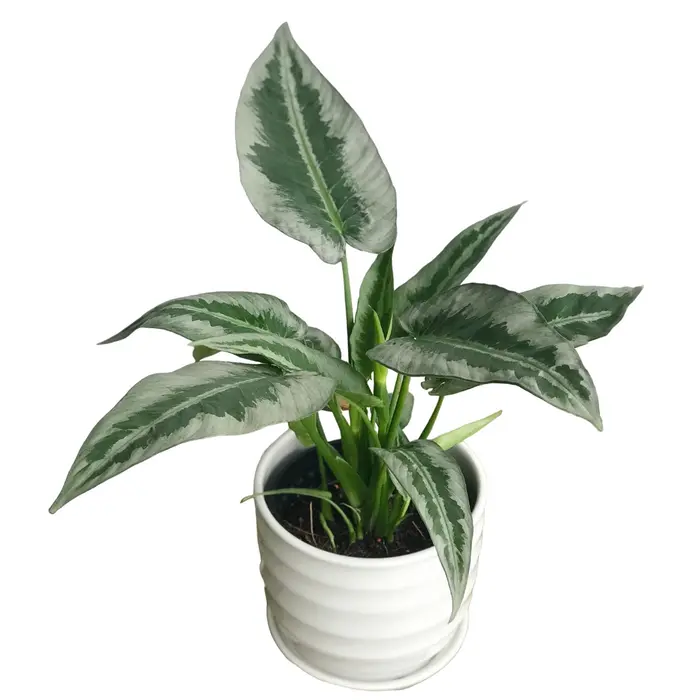
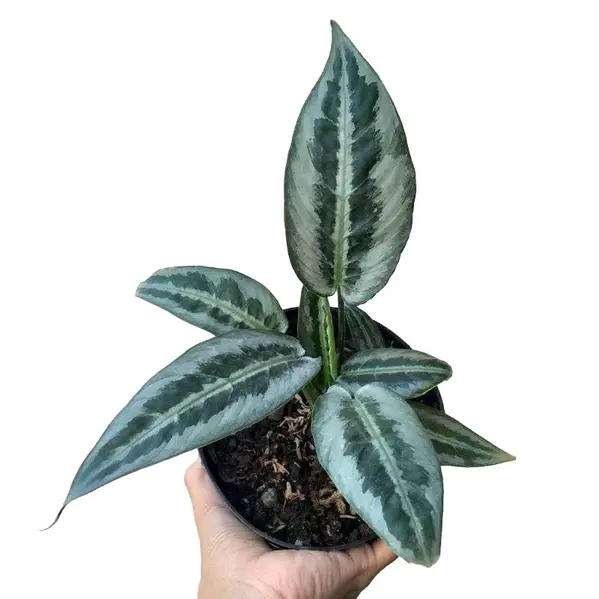

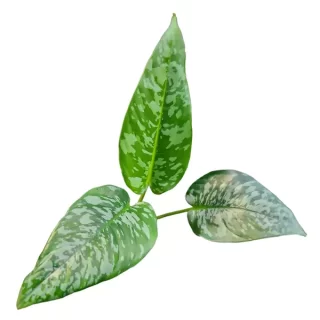


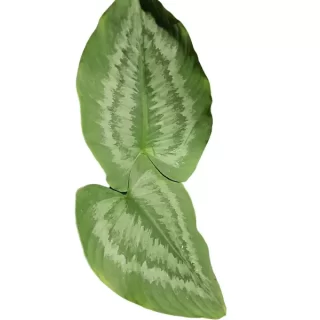
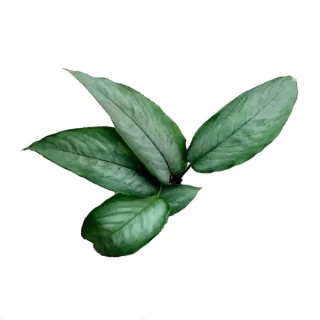
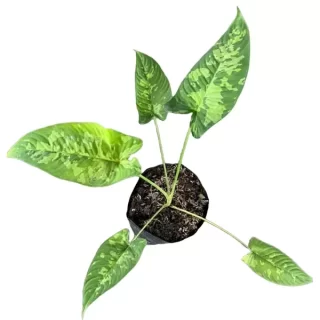
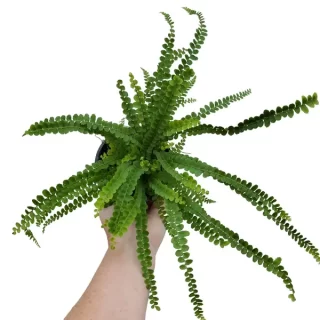

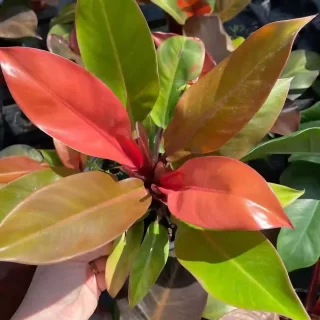





 If you need any assistance, I'm always here. Have you found what you were looking for?
If you need any assistance, I'm always here. Have you found what you were looking for?